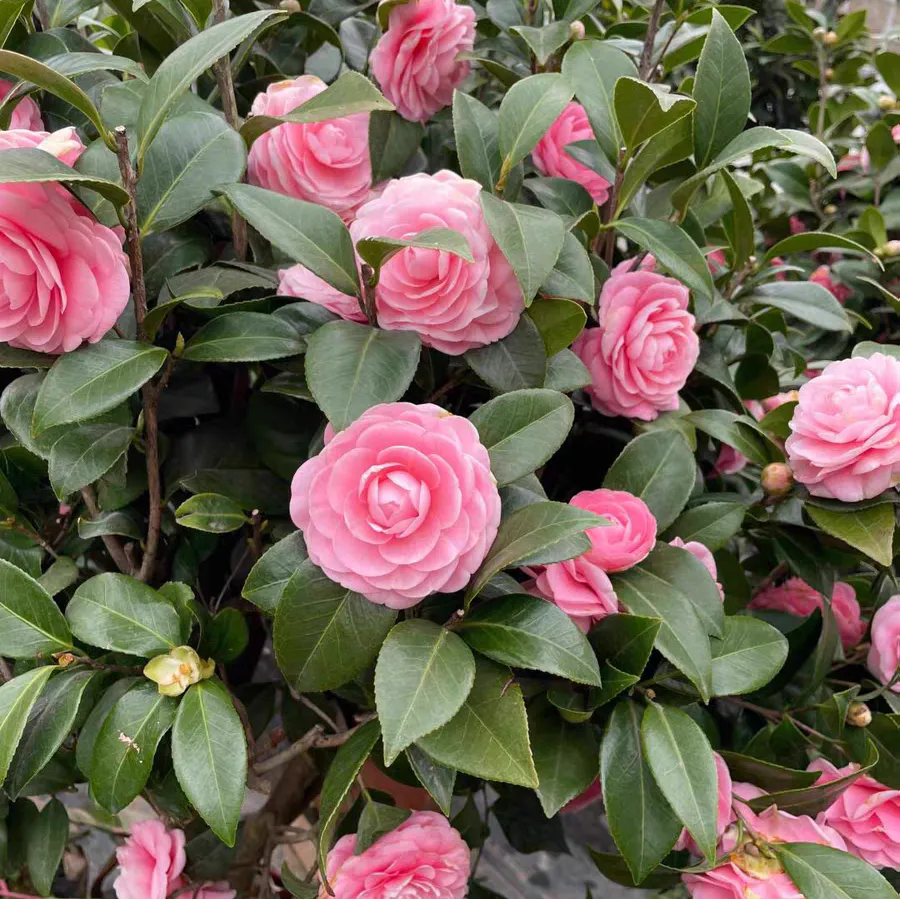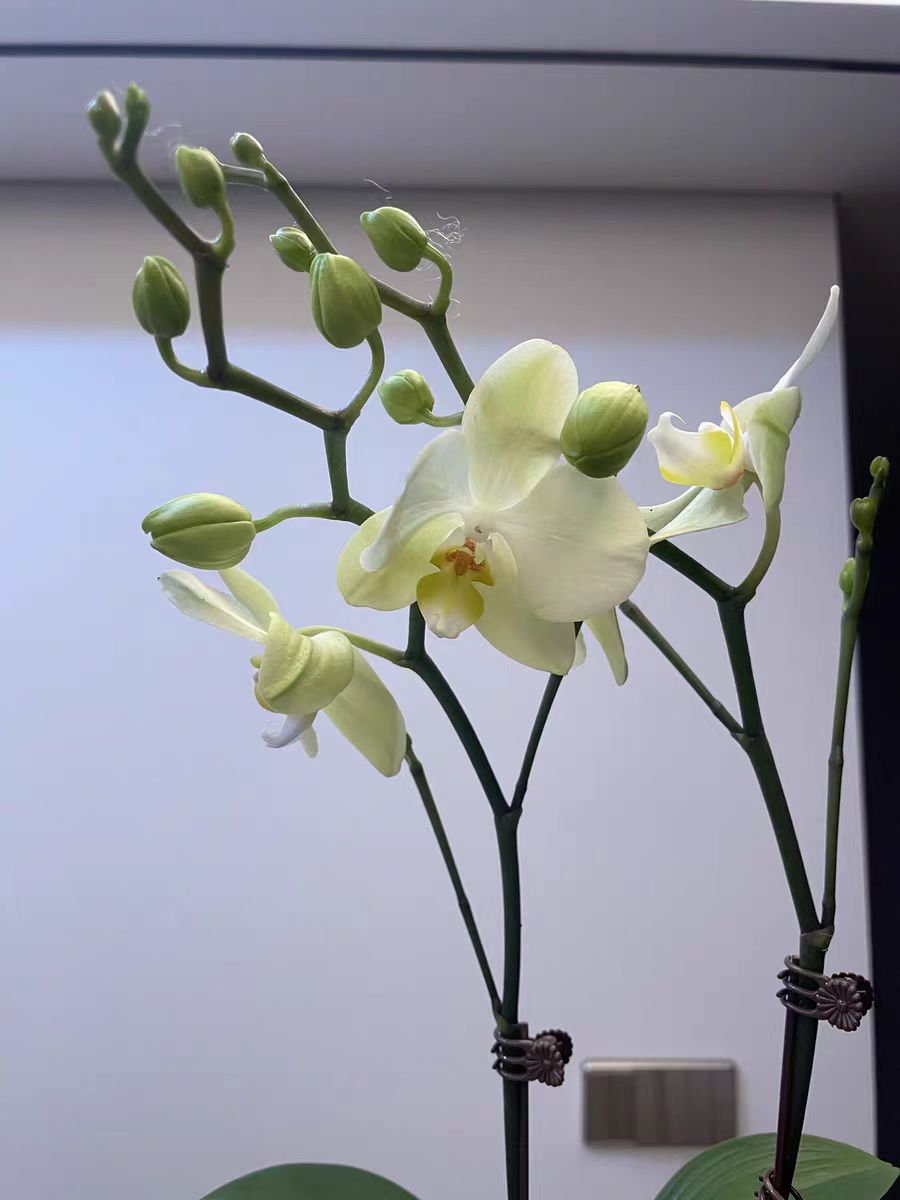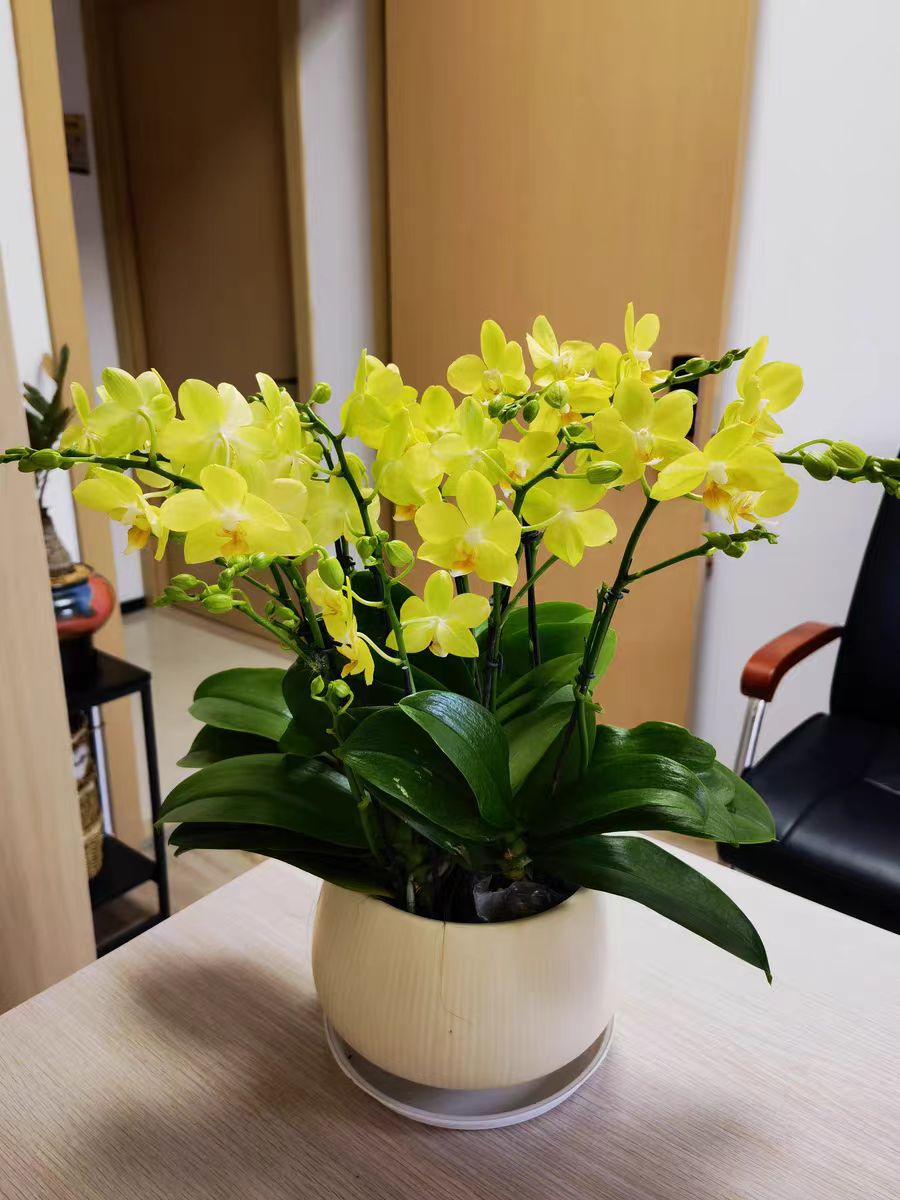Camellias have a graceful plant form, with lush and glossy branches and leaves. The leathery texture of the leaves and their finely serrated edges add a touch of refinement. Their flowers, whether the simple and elegant single - petaled ones or the magnificent double - petaled ones, come in a rich variety of colors. There are white, pink, red, and some rare varieties exhibit unique bicolors, such as pink - white intermingled or red - white intertwined, making them highly ornamental.
The flowering period of camellias usually ranges from November of each year to March of the following year. Precisely during the cold winter months, they can bloom defiantly in the cold wind, adding a splash of gorgeous color to the bleak winter.
Camellias have a certain degree of cold tolerance, but the cold - resistant levels vary among different varieties. Generally, most camellias can withstand low temperatures ranging from - 2°C to - 5°C. However, when the temperature drops too low, especially in continuous severe freezing weather, it may still cause frost damage to them. For instance, some camellia varieties commonly seen in the south are prone to problems like flower frostbite, yellowing leaves, and even damaged branches when suddenly exposed to the extreme cold in the north.
The following points should be noted when caring for camellias: Select loose, fertile, well - drained, and acidic soil. A mixture of leaf mold, peat soil, and perlite in a certain proportion can be used to provide an excellent substrate for the plant's growth. Water appropriately, following the principle of "watering when the soil is dry and thoroughly wetting it". Avoid waterlogging, which can lead to root rot, and also prevent over - drought. During the growing season, apply a thin liquid fertilizer every 1 - 2 weeks, mainly using organic fertilizers or compound fertilizers. Before the flowering period, increase the application of phosphorus - potassium fertilizers to promote flower bud differentiation and blooming. Camellias prefer a semi - shaded environment and should avoid direct strong sunlight, especially during the high - temperature summer months when appropriate shading is necessary. In winter, they can be given sufficient sunlight, which is beneficial to the plant's growth and flower bud development. In addition, regular pruning is required. Cut off withered branches, diseased branches, and over - dense branches to maintain good ventilation and light transmission for the plant, and to promote the germination of new branches and a beautiful plant shape.
Is camellia sensitive to cold and frost?

Share with
Tagged in :




Leave a Reply